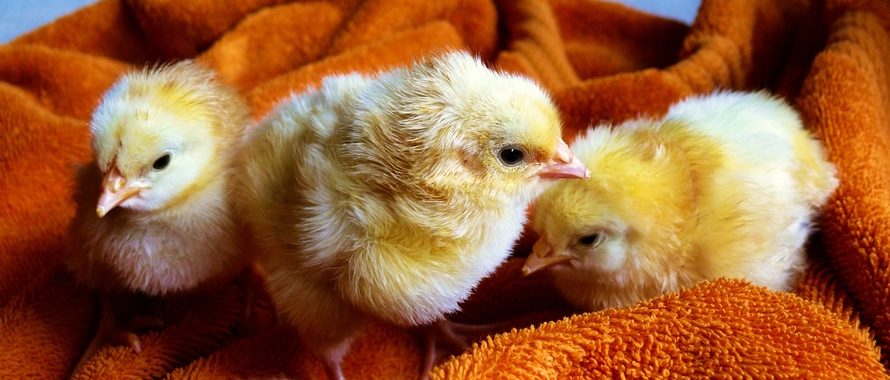Owen Cotton-Barratt, Oxford University
This post discusses the question of how we should seek to compare human- and animal-welfare interventions. It argues: first, that indirect long-term effects mean that we cannot simply compare the short term welfare effects; second, that if any animal-welfare charities are comparably cost-effective with the best human-welfare charities, it must be because of their effect on humans, changing the behaviour of humans long into the future.
In the search for the most cost-effective interventions, one major area of debate is whether the evidence favours focussing on human or animal welfare. Some have argued for estimates showing animal welfare interventions to be much more cost-effective per unit of suffering averted, with an implication that animal welfare should perhaps therefore be prioritised. However this reasoning ignores a critical difference between the two types of intervention: the long-term impact. There are good arguments that the long-term future has a large importance, and that we can expect to be able to influence it.
The intention here is not to attack the cost-effectiveness estimates, which may well be entirely correct as far as they go. However, like most such assessments they only consider the immediate, direct impact of interventions and compare these against each other. For example, disease relief schemes would be compared by looking at the immediate welfare benefits to the humans or animals cured of disease.
What this process misses out is that interventions to improve human welfare have ongoing positive effects throughout society. It has been argued that healthy humans with access to education, food and clean water are far more likely to be productive, and contribute to the economic development of their society, with knock-on improvements for everyone who comes after them. Also, not having to worry about their basic needs may free them up to spend more time considering and improving the circumstances of others around them.
The upshot of this is that it is likely interventions in human welfare, as well as being immediately effective to relieve suffering and improve lives, also tend to have a significant long-term impact. This is often more difficult to measure, but the short-term impact can generally be used as a reasonable proxy.
By contrast, no analogous mechanism ensures that an improvement in the welfare of one animal results in the improvements in the welfare of other animals. This is primarily because animals lack societies, or at least the sort of societies capable of learning and economic development. Even though many animals are able to learn new skills, they are extremely limited in their ability to share this knowledge or even pass it on to their offspring.
The result is that short-term welfare benefits to animals cannot be used as even a rough proxy for long-term improvements in the same way as they can for humans. So even if the short-term estimates suggest that animal welfare interventions are more cost-effective, it is certainly questionable whether this aspect dominates when considering the overall benefits.
This does not, of course, rule out the possibility that the most effective interventions could have an animal welfare element. For example, a shift in society towards vegetarianism would reduce the number of animals kept in poor conditions today, as well as improving human welfare in numerous ways (such as using fertile land more efficiently to grow crops rather than cattle). Moreover, if it could achieve a lasting improvement in societal values, it might have a large benefit in improved animal welfare over the long-term.
A push towards vegetarianism is one sort of value-shifting intervention. It is possible that this or another such intervention could be more effective than direct improvements to human welfare, but in order to assess this we need to to model how changing societal values today will influence the behaviour of future generations. This should be a target for further research.
Humans are uniquely placed to pass on the benefits of interventions to the rest of society and to future generations, and if we ignore these future-compounding effects we may achieve less good than we could have. For many types of human welfare intervention, we can use the short-term benefits to humans as a proxy for ongoing improvements in a way that is not possible – and may be misleading – when it comes to improvements to animal welfare. Although it is difficult to quantify, this hidden benefit may be enough to make the best human-focussed interventions more cost-effective than the best animal-focussed ones, even if the reverse seems true looking at the short run.
